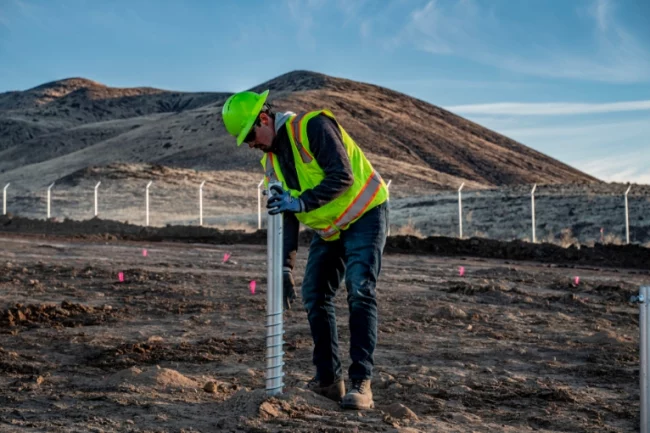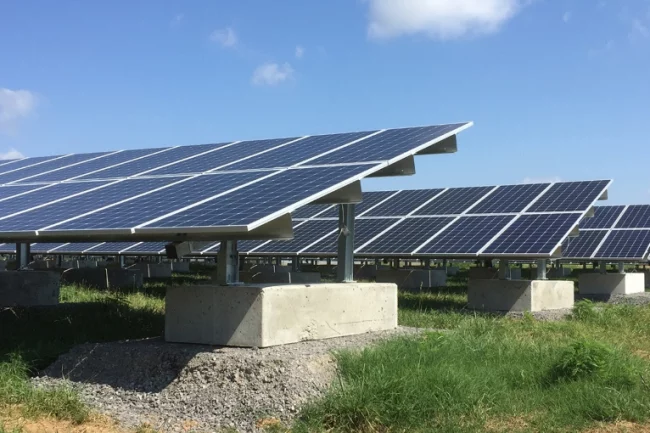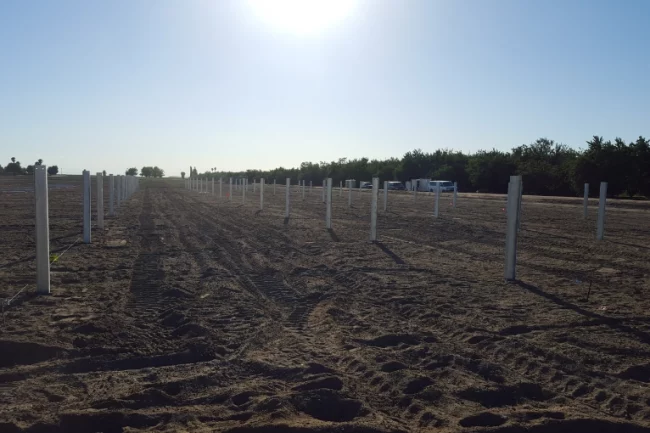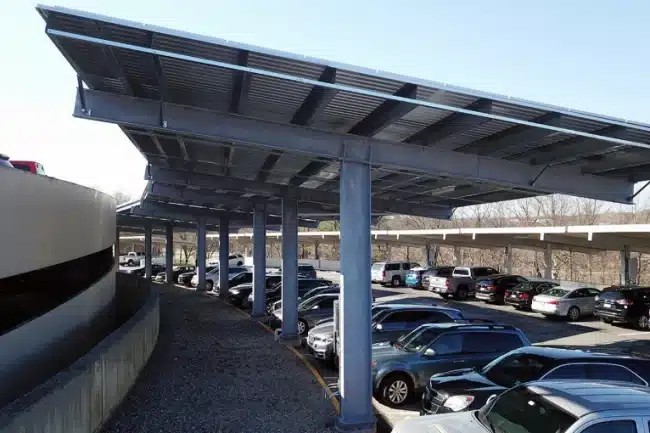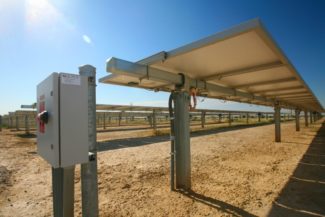By Ashton Vandemark, SIFT Business Unit Manager, Terrasmart
This article was featured in Utility Dive
When Peter Todd generates preliminary layouts for his utility PV projects, he SIFTs through his options first. As a senior development engineer at Clearway Energy, Peter is keen on Terrasmart’s Solar Instant Feasibility Tool (SIFT) to streamline projects from the get-go.
Peter and his colleagues at one of the country’s largest renewable power developers and operators focus on creating efficient processes as they manage the company’s 1.3-gigawatt portfolio. That’s where project optimization tools like SIFT come in.
Although SIFT offers multiple features for early-stage development such as system performance and financial modeling, Peter gets the most value from the software’s site layout function. SIFT’s powerful computations help him quickly assess how to generate maximum capacity on a site. Using SIFT, he can run up to 500 spacing and DC:AC configurations, import data from the U.S. Geological Survey and Google Earth for accurate topography, and conduct automated slope analyses. When things inevitably change, Peter uses SIFT to re-assess the project autonomously in just minutes, instead of waiting days for an engineering firm to rework the design.
“The topography tool is really helpful on complicated sites to see the slopes in different directions,” Peter says. “I don’t know of any other tool that can showcase slopes in east/west. I use it all the time.”
How to augment utility PV value
Developers use SIFT to take the guesswork out of optimization by bringing in system design, performance, and financial modeling early in the project cycle. Even in ultra-lean cost markets, SIFT users report they can boost returns and maximize value, making them more competitive in today’s PV utility sector, where margins are razor thin.
Simple yet powerful, SIFT has been applied to projects totaling 250 GWs of potential capacity, helping utility solar developers and asset owners extract five to 15 percent higher returns for maximum ROI.
Designed for speed, the cloud-based SIFT tool models hundreds of layouts, conditions, performance goals, and financial scenarios in seconds. Users can optimize configurations and components, import their own module and inverter data from multiple industry databases, and run IRR and LCOE models.
To uncover hidden value, project developers can leverage such features as:
- Gold-standard layout and performance tools, to make optimal design choices and product selections.
- Seamless integration with user and industry databases and exported files, including component data from PAN, OND, and PVSyst and exported XLS and CAD data.
- Accurate topography functions using key databases for slope analysis.
- A comprehensive financial platform to optimize project returns, including IRR, LCOE, and NPV models.
- Fast, easy-to-use browser-based tools with multi-configuration modeling and cloud architecture to eliminate the need for additional software.
Clearway optimizes complex Hawaiian project
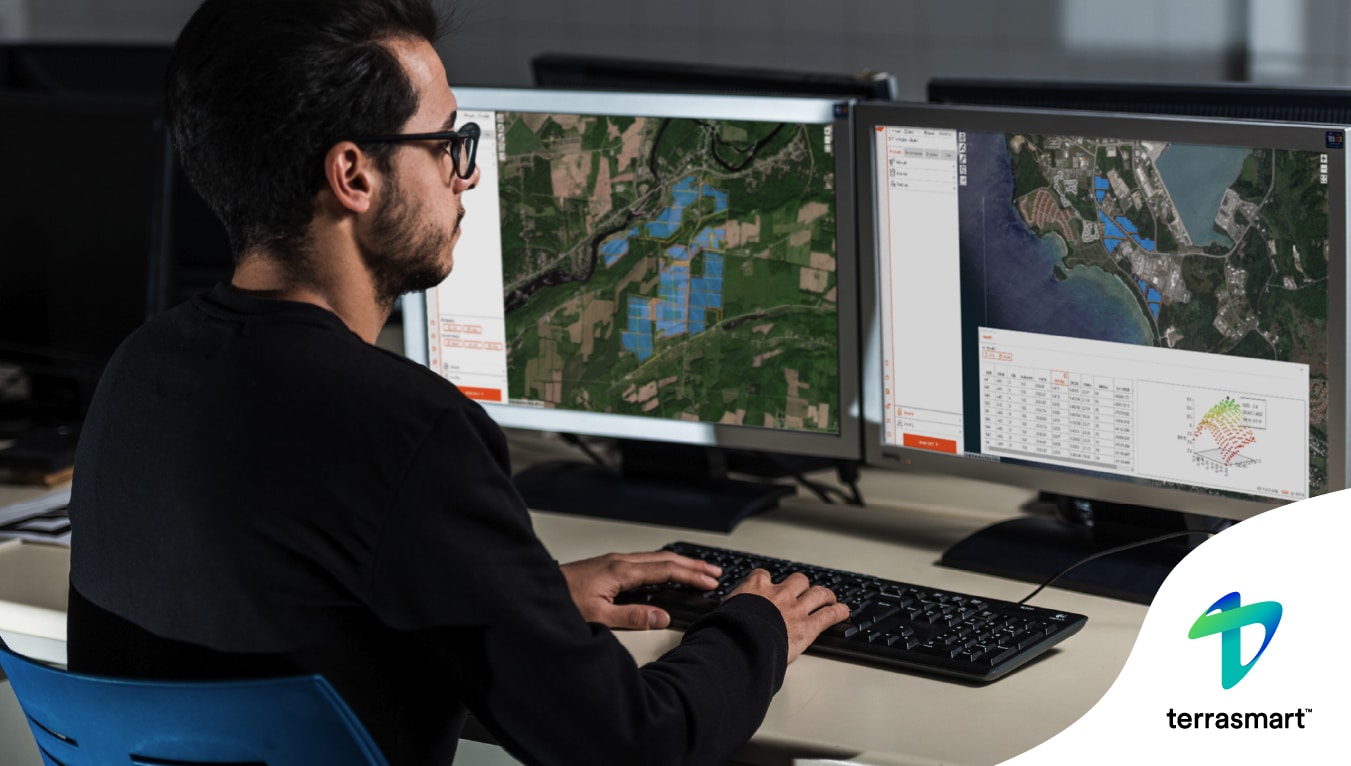
Hawaii’s dramatic coastlines feature steep slopes that complicate PV construction. That’s why Peter trusted SIFT to greenlight a particularly challenging project there. Located on a hillside with terrain challenges, the utility-scale site appeared too steep in some areas to accommodate single-axis trackers. But SIFT untangled the site’s complexity, avoiding the myriad design iterations that would otherwise have made the site’s development prohibitive.
“The tool was invaluable,” Peter says. “By looking at north/south and east/west slopes in detail, we could identify exactly where different trackers could go and where we could build without grading.”
SIFT allowed Peter and his team to move forward with confidence. The economics would not have worked with just fixed-tilt structures — the traditional safe bet. Instead, the tool’s topography feature confirmed that trackers could be used to hit the project’s capacity goals. Without SIFT, the team faced making land payments without a clear path to success as they speculated on upfront surveying and engineering costs.
“It would have been difficult to even define how much capacity was possible on the site without SIFT, at least initially,” says Peter.”This allowed us to define capacity to move the project forward with confidence.”
EPCs reap savings benefits of smart optimization
Developers and asset owners aren’t the only beneficiaries of SIFT’s performance advantages.
EPCs responsible for selecting the right components crunch through multiple cost/benefit scenarios to optimize construction and system performance. Among their questions: When should we select bifacial modules? How do racks with varying slope flexibility impact construction costs? When should we use ground-screw foundation trackers vs. pile-based systems to minimize land grading and keep construction on track? Each technology choice requires new design and engineering iterations — a process at which SIFT shines.
EPCs can shave weeks off design work by partnering with racking suppliers who use smart tools like SIFT up front to iterate fast through hundreds of project layouts, conditions, performance goals, and financial scenarios.
Terrasmart’s integrated offering lifts SIFT’s power for highest value
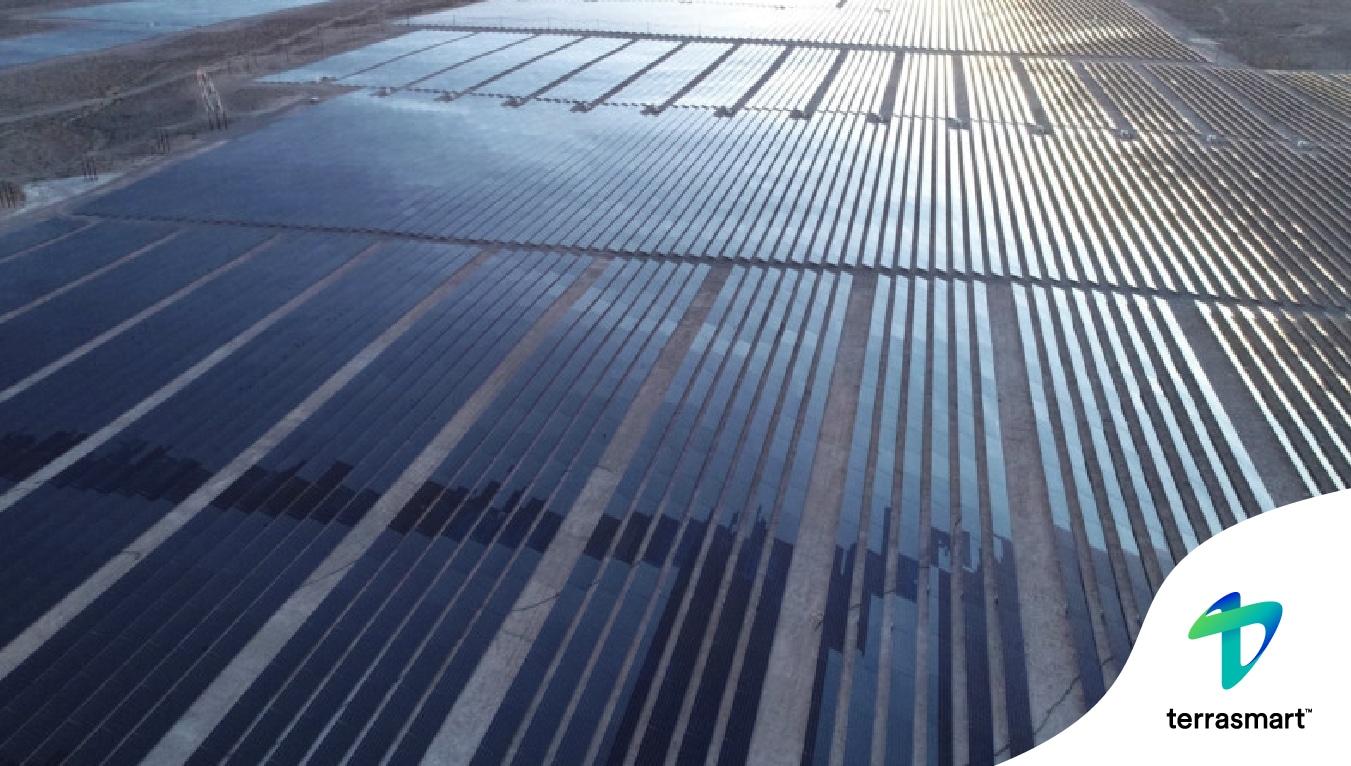
Gibraltar Renewable Energy Group has merged four solar companies — TerraSmart, RBI Solar, SolarBOS, and Sunfig — into one brand to bring unique benefits to owners, developers, and EPCs. Unified under its new Terrasmart brand, the group integrates project software, mounting, tracker, and eBOS solutions into a renewable energy ecosystem to capture project efficiency and value.
With over 19 GWs deployed across 4,600 PV systems, Terrasmart’s 500+ talented employees are driven by a singular mission to simplify projects for more profitable solar anywhere.
Terrasmart delivers a streamlined experience with end-to-end project management and a complete civil and installation package to deliver maximum value and returns for the ultimate in solar project success. Developers like Clearway are powering forward with smart solutions to maximize bankability.
Click here to view our video and rediscover Terrasmart. Stay tuned for our next feature comparing the costs and benefits of ground screw vs. pile foundations in utility-scale solar systems.
About the Author:
Ashton Vandemark cofounded Sunfig in 2017 after a career in global project development at SunPower. Leveraging his deep PV experience, Ashton earned a grant from the Department of Energy and launched the premier solar optimization tool, SIFT, in 2019. Sunfig was later acquired by Gibraltar Industries in 2020. Ashton holds a Bachelor’s of Science degree in Mechanical Engineering from The Ohio State University with a focus on Energy Systems.

